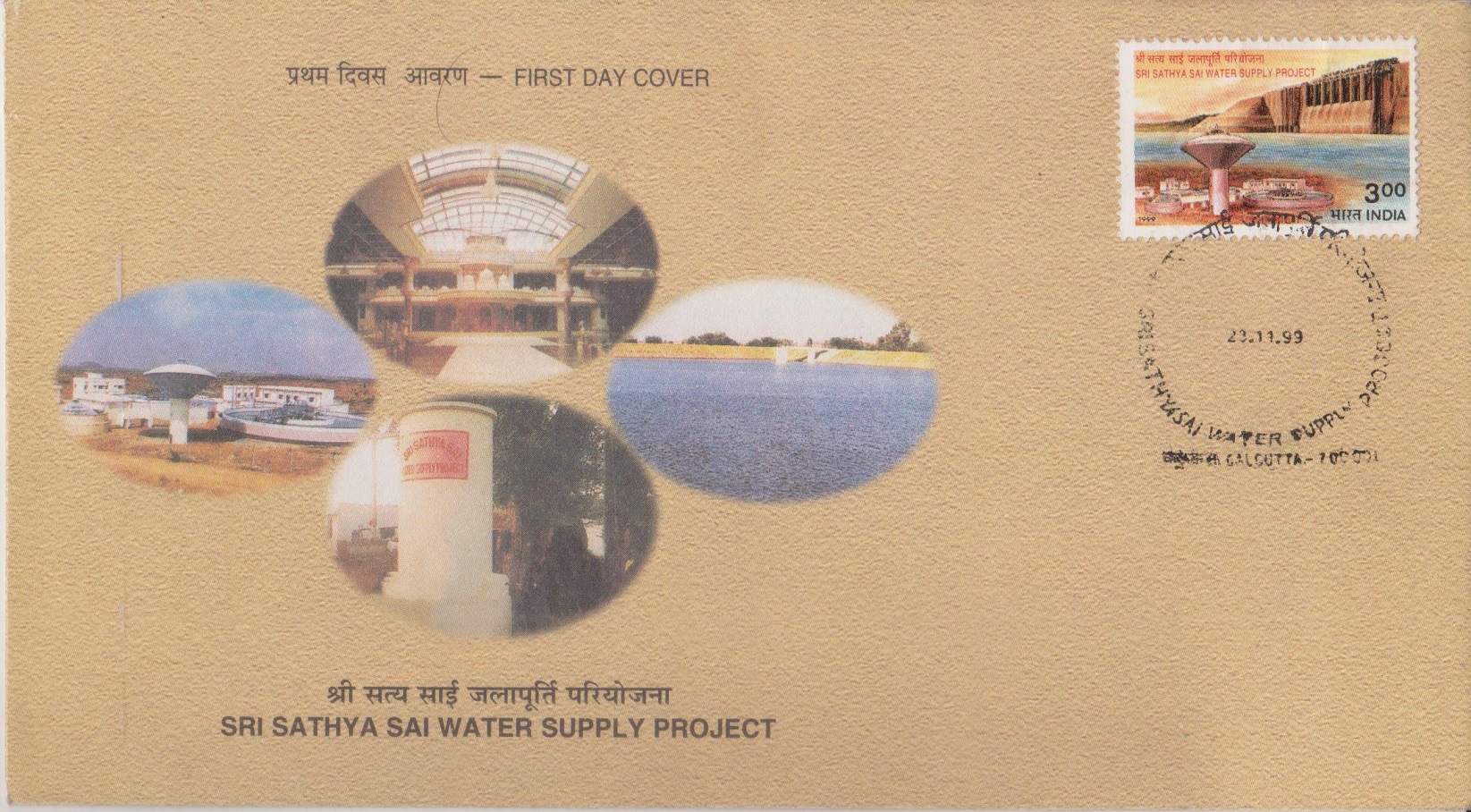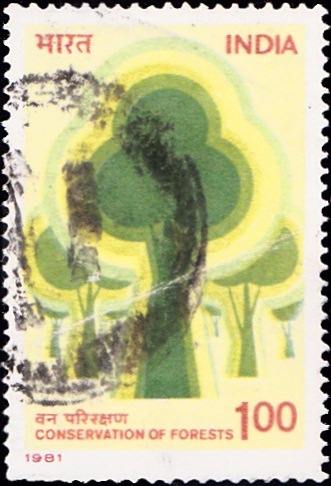
India on Project Tiger 1983
A commemorative postage stamp on the 10 years of Project Tiger, an Indian tiger conservation programme launched in April 1973 :
 Issued by India
Issued by India
Issued on Nov 22, 1983
Issued for : The Indian Posts and Telegraphs Department is happy to issue a special stamp on the completion of ten years of the Project Tiger.
Description of Designs : The stamp has been designed by India Security Press, Nasik. The first day cover is based on the transparency obtained through the courtesy of H. S. Panwar. Cancellation has been designed by Alka Sharma.
Type : Stamp, Postal Used
Colour : Multicolour
Denomination : 200 Paise
Overall size : 3.91 x 2.90 cms.
Printing size : 3.55 x 2.54 cms.
Perforation : 13 x 13
Paper : Unwatermarked adhesive stamp paper
Number printed : 15,00,000
Number per issue sheet : 35
Printing process : Photogravure
Printed at : India Security Press
About :
- Project Tiger is not just a programme for protecting the tiger. It cannot be, because it seeks to protect the tiger in its natural environment. Tiger depends for food on herbivores like the deer who sustain upon plants. The plants depend upon soil, which is formed and nursed by the decay of animal and plant residues. Countless insects and micro-organisms participate in this process of decay. Further, all plants and animals from elephant to bacteria must have water. Perennial availability of water, however, depends upon good vegetative cover in the river catchments, because plants not only bind the soil by their roots but also contribute ‘humus‘ to it, which makes it fertile and porous. As rain water seeps through the porous soil it gets trapped in rock cavities and accounts for the dry season discharge in streams and wells. So, in order to protect the tiger in its natural environment, comprehensive protection of the wilderness is essential. This precisely is the thrust of Project Tiger.
- From the cold high altitude forests to the steaming coastal mangroves of Sunder-bans, from the scorched arids of the west to the lush evergreens in the south and from the terai swamps to the peninsular high lands, the striped feline is very much at home. Indeed, therefore, the well being of tiger in the Indian forests can be taken as an index of the ecological health of our wilderness. Moreover, because wilderness qualitatively and quantitatively safeguards the life support systems e.g. soil, water and air, the status of the tiger can also be correlated to the quality of human environment. This wide distribution and its special position in nature, have earned it the status of the national animal.
- The launching of Project Tiger in 1973 was a recognition of this adversity and of the needs to take up remedial action. A decade of experience of the Project has proved how a sincere field conservation effort can quickly help nature heal its scars. It has also shown that with a perceptive approach such a restrictive programme can also secure the involvement of the communities who must curtail and regulate their uses of forests for conversation.
- The Project has grown from 9 tiger reserves in 1973-74 to 15 in 1982-83. It now encompasses some 25,700 sq. km. with a core segment of 8000 sq. km. free from all exploitative human use. The striking revival of ecosystems in the reserves is easily seen from a comparison of the reserves with their still depleting surrounds. The number of tigers has itself gone up from 268 in 9 reserves in 1972 to 854 in 11 reserves in 1983. With 4 new reserves, the population in the Project areas now stands at 978. All India censuses of 1972 and 1979 reveal an increase in the country population of tigers from 1827 to 3015.
- (Text by courtesy : H. S. Panwar, Director, Project Tiger).








[…] ‘The Land of Tigers‘ as large number of tigers are found here. The total area under the Project Tiger includes the core area and the buffer zone. The core area concept denotes critical tiger habitat, […]
[…] took a pioneering initiative for conserving its national animal, the tiger, by launching the “Project Tiger” in 1973. “Project Tiger”, now ongoing as a Centrally Sponsored Scheme (CSS) of Ministry of […]